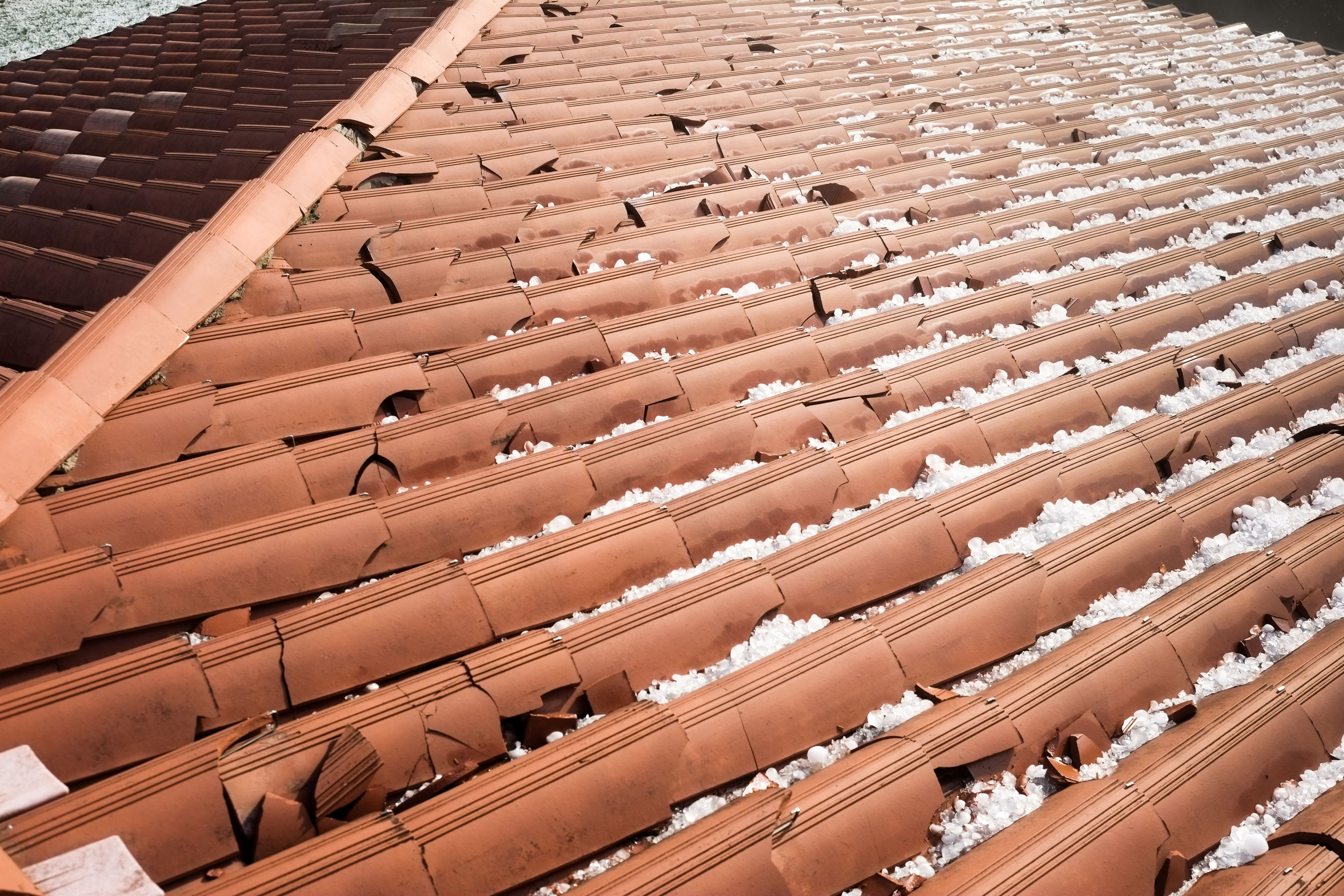 It’s that time of year again – springtime! As the weather warms up, those gentle spring showers can turn into severe thunderstorms. You know the expression, April showers bring May flowers… well they can also bring hail damage (as many of us experienced this week). If you have damage to your property, fencing, windows, or vehicle, you likely also have roof damage. So, what should you do next?
It’s that time of year again – springtime! As the weather warms up, those gentle spring showers can turn into severe thunderstorms. You know the expression, April showers bring May flowers… well they can also bring hail damage (as many of us experienced this week). If you have damage to your property, fencing, windows, or vehicle, you likely also have roof damage. So, what should you do next?
Three Things to Do After a Hail Storm
Do: Note the time and date of the storm. If filed, your insurance claims manager will ask for details, such as when the loss occurred for the insurance claim report.
Do: After the storm, grab a camera and walk around the property to take photos. Document the hail stones covering the yard, sidewalk and patios. Also, photograph hailstones next to a measuring tape to assess the potential damage to the roof and shingles.
Do: Inspect the roof. Look for obvious signs of roof damage, such as missing or torn shingles, and leaks. Also check inside the attic for any signs of a leak.
Schedule a Hail Damage Roof Inspection
If your roof is leaking, call your insurance agent immediately! Even if your roof isn’t leaking, there still could be substantial hail damage that could cause a leak over time, if not repaired.
Before calling your insurance agency, call Tennessee Roofing to inspect your roof for potential hail damage as quickly as possible. During the inspection, our qualified roofing contractor will thoroughly assess your roof for an insurance claim if necessary, depending on the severity of the damage.
If there is evidence of hail damage, Tennessee Roofing can indicate if filing an insurance claim is warranted, and the likelihood of a claim being approved.
File an Insurance Claim for Roof Hail Damage
1. Locate your homeowner’s insurance policy, and make a note of your policy number and deductible.
2. Organize records and documentation. This should include your insurance policy number, time and date of loss, hail size (if measured), all photos, videos, list of damaged items.
3. Call your homeowner’s insurance claim number and provide the necessary information, as requested.
4. Finally, you will be given a claim number, then assigned an insurance claims examiner and adjuster to make an official roof inspection and prepare a repair estimate.


